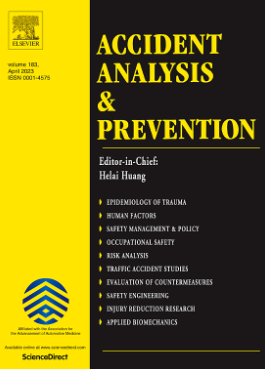
Driver distraction and inattention have been found to be major contributors to a large number of serious road crashes. It is evident that distraction reduces to a great extent driver perception levels as well as their decision making capability and the ability of drivers to control the vehicle. An effective way to mitigate the effects of distraction on crash probability, would be through monitoring the mental state of drivers or their driving behaviour and alerting them when they are in a distracted state. Towards that end, in recent years, several inexpensive and effective detection systems have been developed in order to cope with driver inattention. This study endeavours to critically review and assess the state-of-the-art systems and platforms measuring driver distraction or inattention. A thorough literature review was carried out in order to compare and contrast technologies that can be used to detect, monitor or measure driver’s distraction or inattention. The systematic review followed the Preferred Reporting Items for Systematic Reviews and Meta-Analysis (PRISMA) guidelines. The results indicated that in most of the identified studies, driver distraction was measured with respect to its impact to driver behaviour. Real-time eye tracking systems, cardiac sensors on steering wheels, smartphone applications and cameras were found to be the most frequent devices to monitor and detect driver distraction. On the other hand, less frequent and effective approaches included electrodes, hand magnetic rings and glasses.
| ID | pj240 |
| DOI | |
| Tags |







